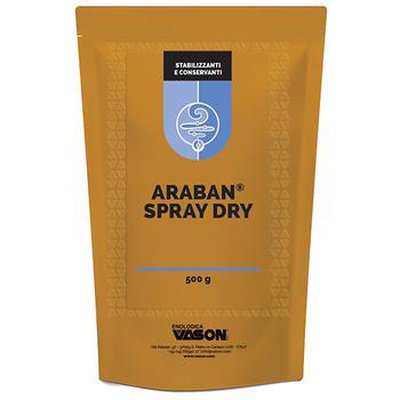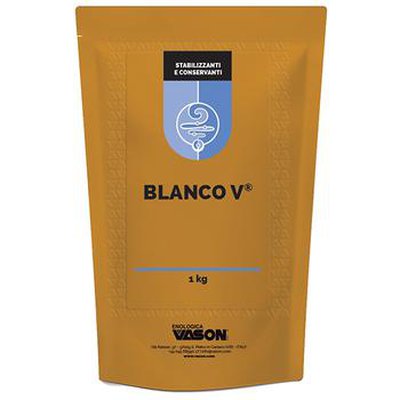SORBOXAN
Description:
Multifunctional formulation that is able to give chemical and biological stability to wine
Sorboxan® carries out effective biological stabilisation of wine, especially in cases where technology alone is not sufficient to guarantee a biologically stable product, due to the synergistic effect of sorbate and sulphur dioxide.
It carries out antioxidant and antioxidase actions through the simultaneous presence of ascorbic acid and sulphur dioxide. It prevents oxidative reactions.
Optimal for unpackaged wines distributed in stores.











